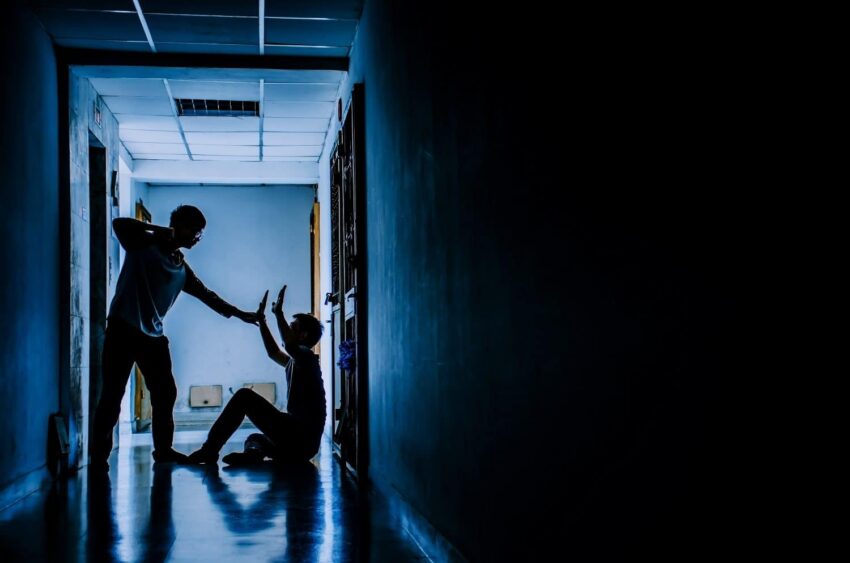Because of its large size, international border, and booming metropolitan areas, Texas has always been a crossroads—of culture, commerce, and, unfortunately, criminal activity. With all it has going for it, it also has the ideal conditions for organized gangs to grow and operate. From local prison-born groups to transnational cartels, gang activity in Texas is a big challenge for law enforcement. But as dangerous as these gangs are, the agendas of politicians and the media often distort the reality about how dangerous they are to the average Texan and what is being done about them. In this article we’re exploring the biggest gangs messing with Texas, how they operate, and what the real risks are for you and your family.
Key Points
-
Gangs are a big problem in Texas, but the scope of that problem, and the best ways of fixing it, may be different than you’d think.
-
Are you ahead, or behind on retirement? SmartAsset’s free tool can match you with a financial advisor in minutes to help you answer that today. Each advisor has been carefully vetted, and must act in your best interests. Don’t waste another minute; get started by clicking here.(Sponsor)
Why Do People Join Gangs?
Joining a gang is part of the culture of some communities. Young people glorify gang members in a worldview that equates violence with machismo. But on the other hand, in many Texas communities, joining a gang is about survival. Poverty, violence, and a lack of support can push young people toward gangs when they feel like there’s nowhere else to turn. In rough neighborhoods, joining can mean protection, financial resources, a place to belong, or just a way to get by. That pressure only grows in prison. For a lot of inmates, joining a gang behind bars isn’t optional—it’s how you stay alive. Refusing can mean isolation or making yourself—and your family—a target. Next up, the most active and dangerous gangs in Texas today.
1. Tango Blast

Tango Blast isn’t a household name—and that’s one reason it’s so effective. Originating in Texas prisons in the late 1980s, Tango Blast started as a loose alliance of inmates from major cities like Houston, Dallas, Fort Worth, and Austin. Over time, it evolved into a vast network of independent crews—or “Tangos”—with an estimated 17,000 to 19,000 members statewide. Unlike traditional gangs, Tango Blast doesn’t follow a rigid hierarchy. Its decentralized structure makes it harder to monitor, but it also allows members to blend in more easily. While some still operate behind bars, many members now control operations on the street, engaging in drug trafficking, human smuggling, and violent crime. For law enforcement, the challenge lies in the group’s sheer size, flexibility, and ability to avoid detection.
2. Texas Mexican Mafia (Mexikanemi)
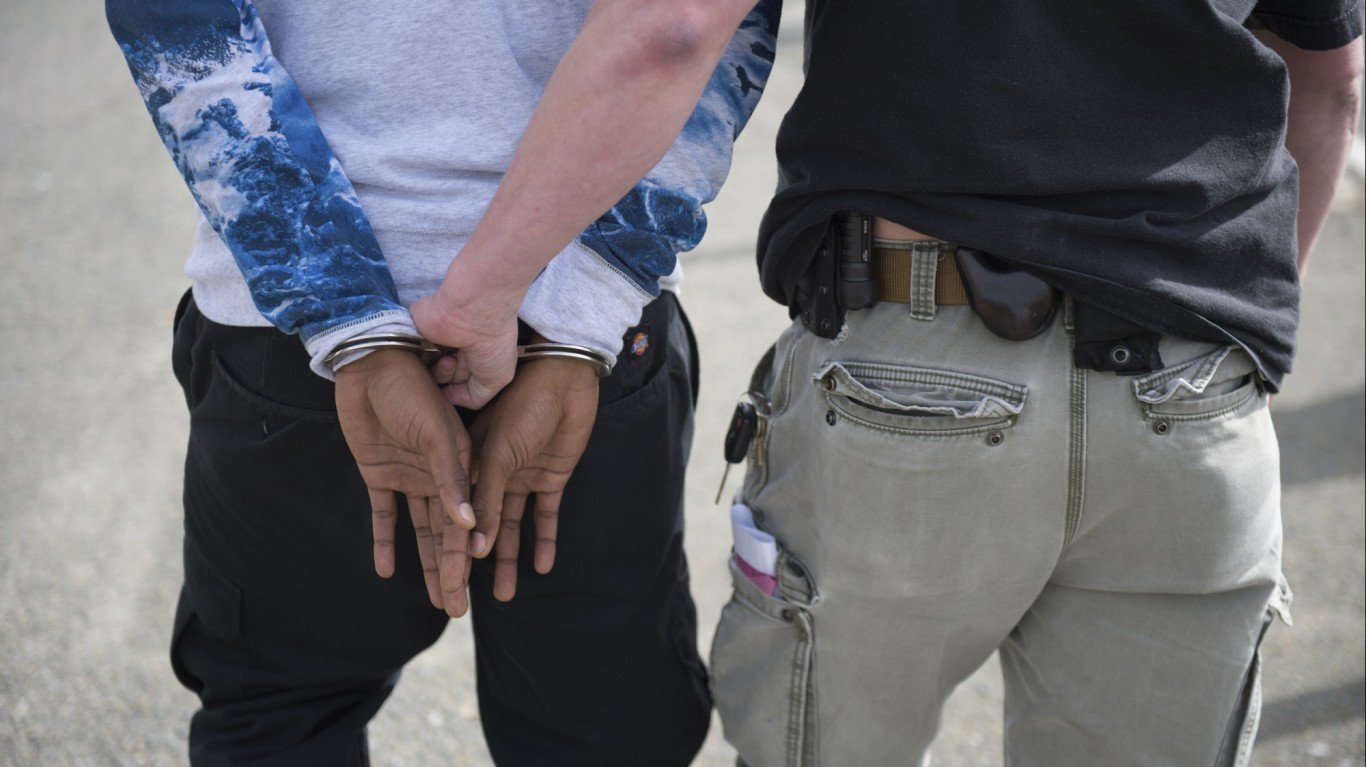
Founded within the Texas prison system, the Texas Mexican Mafia—also known as Mexikanemi—commands fear both inside and outside prison walls. With around 4,100 members, the gang is heavily involved in extortion, drug rackets, and targeted killings. One of their signature operations is “the dime,” a street-level tax requiring local dealers to pay 10 percent of earnings to the gang. Recent prosecutions have targeted top leaders for crimes ranging from racketeering to homicide. But despite arrests and convictions, the organization continues to exert control through intimidation and a strong internal code.
3. Latin Kings

The Latin Kings began in Chicago but quickly expanded their reach into Texas. Known for their highly structured hierarchy and ritualistic culture, the gang maintains active chapters in cities such as Austin, San Antonio, and Uvalde. Their operations include narcotics distribution, robbery, and violent enforcement of gang territory. A significant federal crackdown in 2015 led to over 60 arrests in Texas alone, but the group has remained active. Intelligence reports place the Latin Kings among the most consistent gang threats in Central Texas.
4. MS-13 (Mara Salvatrucha)

MS-13 may be one of the most notorious names in American media. Originally formed by Salvadoran immigrants in Los Angeles during the 1980s, the gang is known for its extreme brutality. In Texas, their presence is smaller—around 400 identified members—but remains concentrated in parts of Houston and the suburbs of Dallas. Federal prosecutions have made headlines in recent years, with convictions tied to machete attacks and organized assaults in North Texas parks and neighborhoods. While MS-13’s numbers in Texas are modest, their violence is often high-profile, drawing national attention.
5. Tren de Aragua
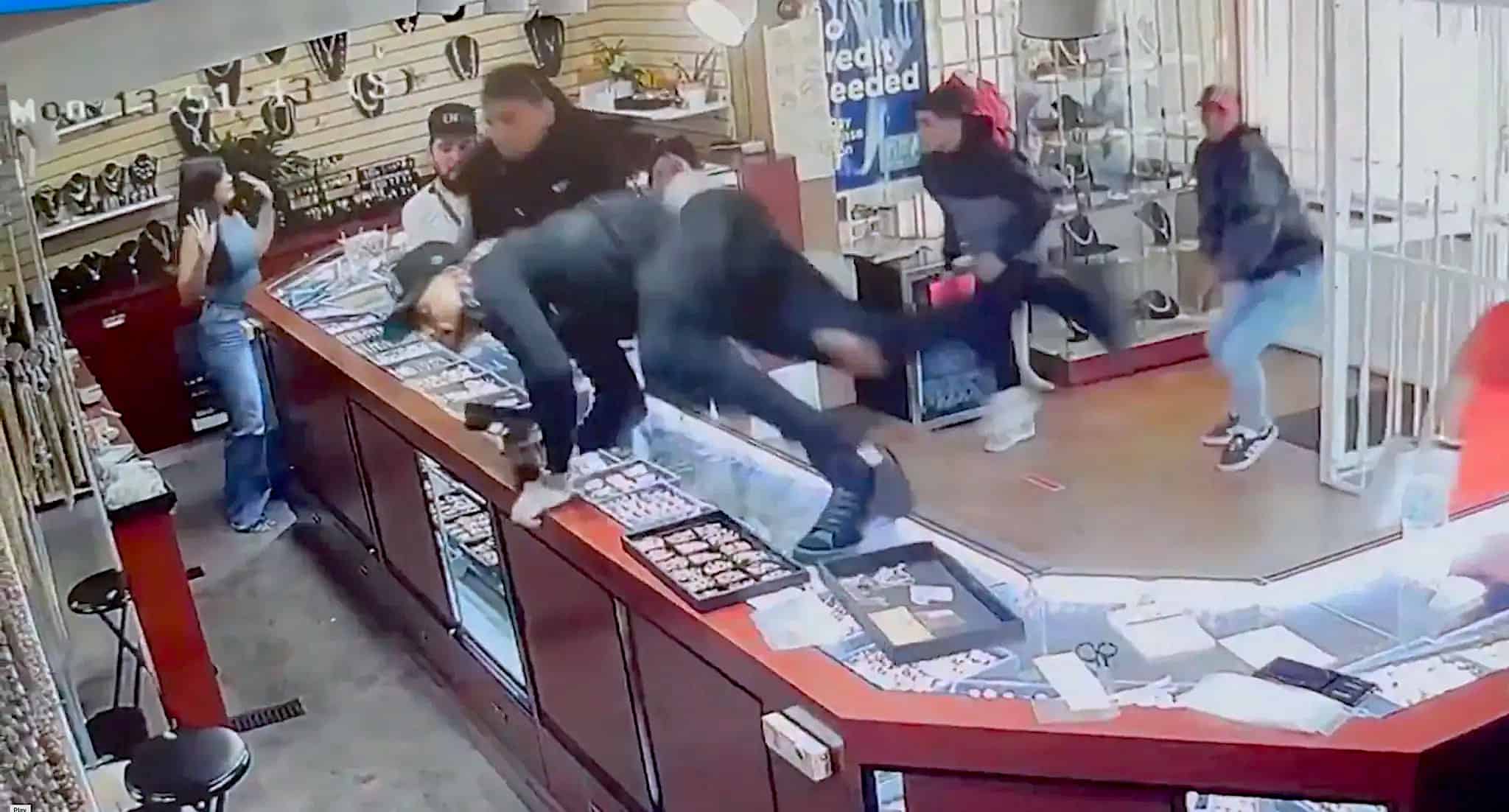
Tren de Aragua is one of the newest threats on Texas law enforcement’s radar. The group formed in Venezuelan prisons and has spread rapidly through Central and North America, including into the United States. In Texas, members have already been arrested for crimes ranging from drug trafficking to murder and kidnapping, particularly in the Dallas-Fort Worth area. Authorities link the group to migrant smuggling operations, extortion rings, and cartel alliances. Their rise has been swift—and violent. Arrests in 2024 and 2025 suggest Tren de Aragua is becoming a major player among transnational criminal groups operating in the state.
6. Bandidos Motorcycle Club
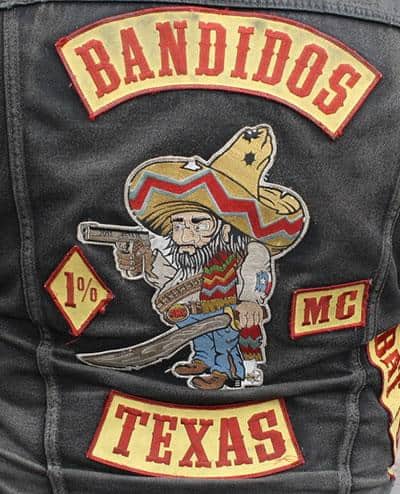
The Bandidos Outlaw Motorcycle Gang has been a Texas fixture since the 1960s. Headquartered in Houston, the group has long been tied to drug trafficking, weapons sales, and deadly turf wars. Their operations stretch across the Southwest and have occasionally erupted into open violence—most notably a 2015 shootout in Waco that left nine people dead. Despite numerous indictments and leadership arrests, the Bandidos remain deeply entrenched. Their militarized culture, code of loyalty, and readiness for violence keep them at the top of law enforcement watch lists.
7. Aryan Brotherhood of Texas

Founded in the 1980s, the Aryan Brotherhood of Texas (ABT) is a white supremacist gang that began in prisons and has since moved into broader criminal activity. The group is known for its rigid paramilitary structure and racial ideology. ABT operations include drug trafficking, extortion, murder-for-hire, and violent assaults. Though less visible than other gangs, the Aryan Brotherhood’s disciplined organization and use of targeted violence make them one of the most dangerous groups in the state. Their reach inside prison remains strong, and their influence continues to spill into surrounding communities.
How Much Danger Do Gangs Pose to the Average Texan?

There’s no question that gang violence exists—and causes harm—particularly in certain parts of the state. But public perception often doesn’t match reality. Politicians and media outlets sometimes highlight the most shocking incidents to stoke fear or advance policy agendas, especially on immigration. Gangs like MS-13 or Tren de Aragua get disproportionate coverage due to their foreign origins and gruesome reputations.
However, data from the Texas Department of Public Safety and multiple university studies show that overall violent crime rates in Texas have not risen in direct correlation with immigration. In fact, recent immigrants are statistically less likely to commit violent crimes than native-born Texans. Law enforcement officials emphasize that while some gangs are responsible for major crimes, most gang members are involved in lower-level offenses such as theft, drug possession, or property crimes. Targeted policing strategies and community outreach have proven more effective at reducing gang activity than broad crackdowns or fear-based rhetoric.
What’s Being Done
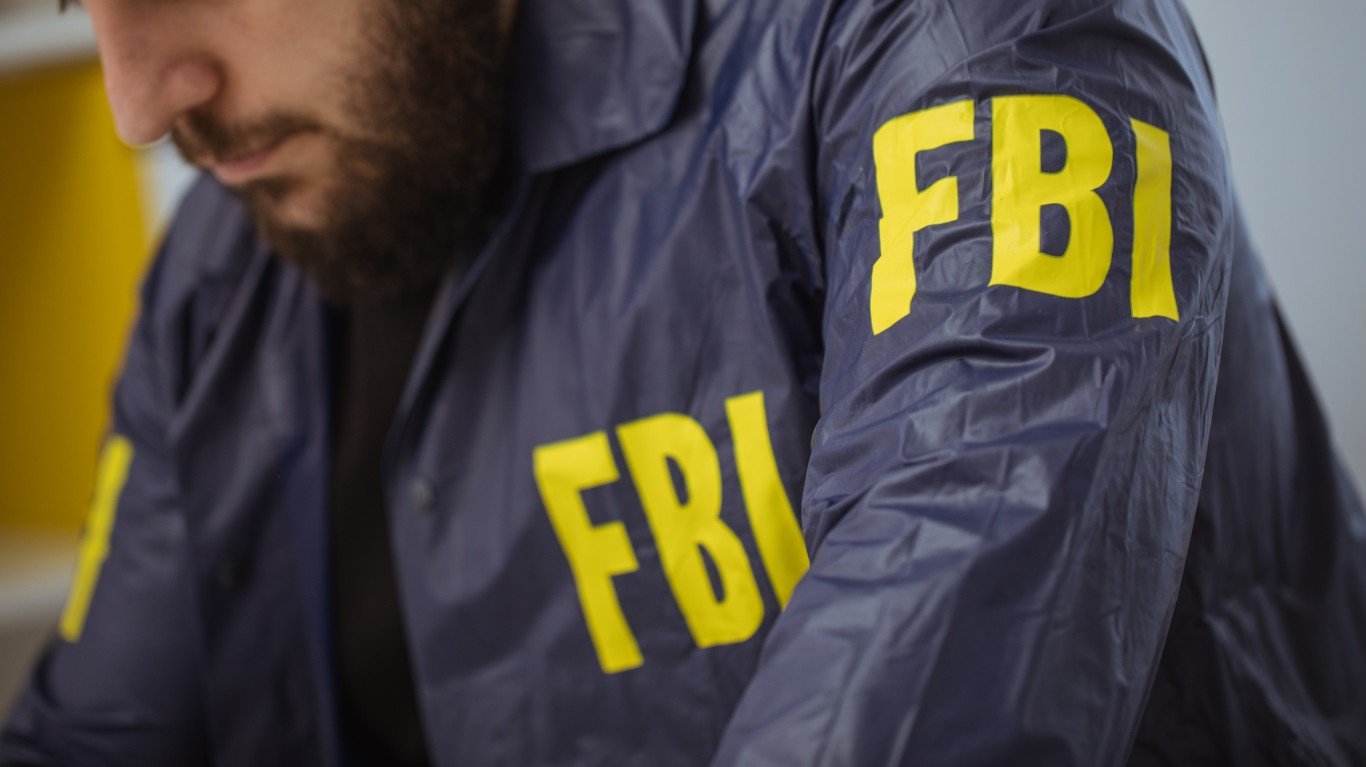
Texas employs a mix of intelligence-led policing and community engagement to respond to gang threats. Statewide task forces collaborate with federal agencies like the FBI, DEA, and Homeland Security to investigate, track, and prosecute organized gang networks. Within prisons, specialized units monitor gang communication and leadership. On the streets, cities like Houston and San Antonio have implemented violence intervention programs, using former gang members to mediate disputes and guide at-risk youth toward alternatives.
Outside of law enforcement, local nonprofits, churches, and schools are playing a growing role. Mentorship programs, after-school activities, and workforce training initiatives offer safer paths forward for young people vulnerable to gang recruitment. In neighborhoods where those programs are well-funded and community-driven, gang activity tends to decline.
Conclusion
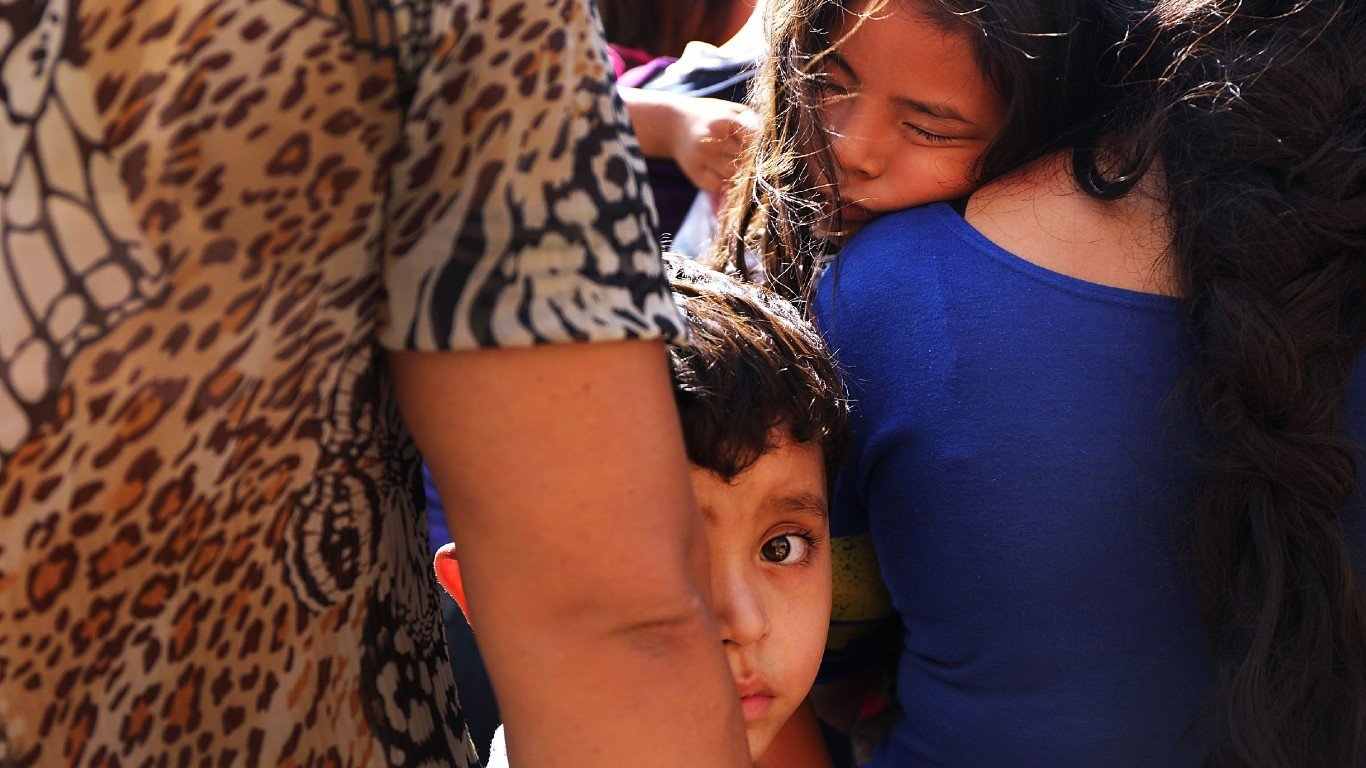
Texas is home to a wide range of criminal organizations—from the decentralized sprawl of Tango Blast to the transnational threat of Tren de Aragua. Other groups like the Texas Mexican Mafia, Latin Kings, MS-13, the Bandidos, and the Aryan Brotherhood remain active, resilient, and dangerous in their own ways. But despite these challenges, the reality is more complex than fear-driven narratives suggest.
Most Texans will never encounter gang violence directly. The areas most affected tend to be those already facing systemic neglect—places where education, opportunity, and stability are lacking. Combating gang influence means more than arrests. It requires investment in youth, community support systems, and smart, data-driven policy. Real solutions tend to be slow and quiet, based in prevention, human connection, and long-term commitment. And that means politicians and media tend to miss this part of the story—the part where ordinary people like us make a change one person, one family, one neighborhood at a time.
The post Check Out the 7 Most Dangerous Gangs in Texas appeared first on 24/7 Wall St..
Click this link for the original source of this article.
Author: Drew Wood
This content is courtesy of, and owned and copyrighted by, https://247wallst.com and its author. This content is made available by use of the public RSS feed offered by the host site and is used for educational purposes only. If you are the author or represent the host site and would like this content removed now and in the future, please contact USSANews.com using the email address in the Contact page found in the website menu.

